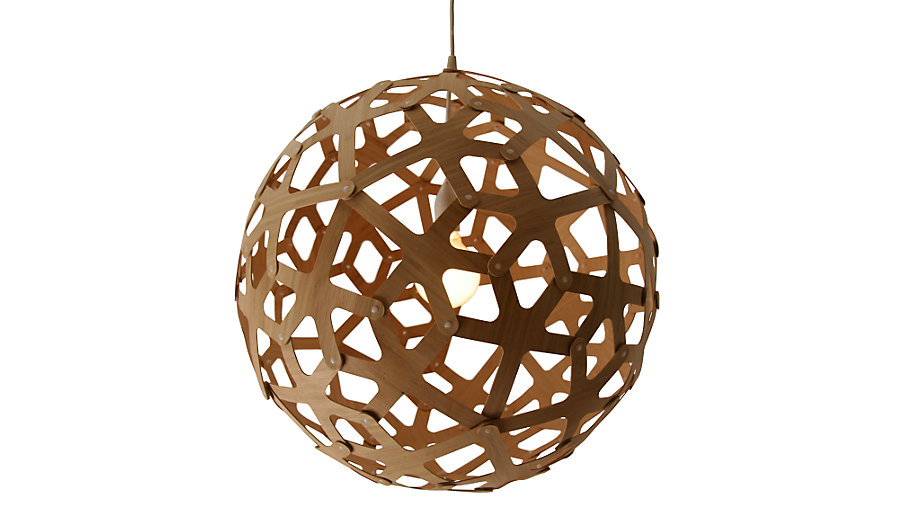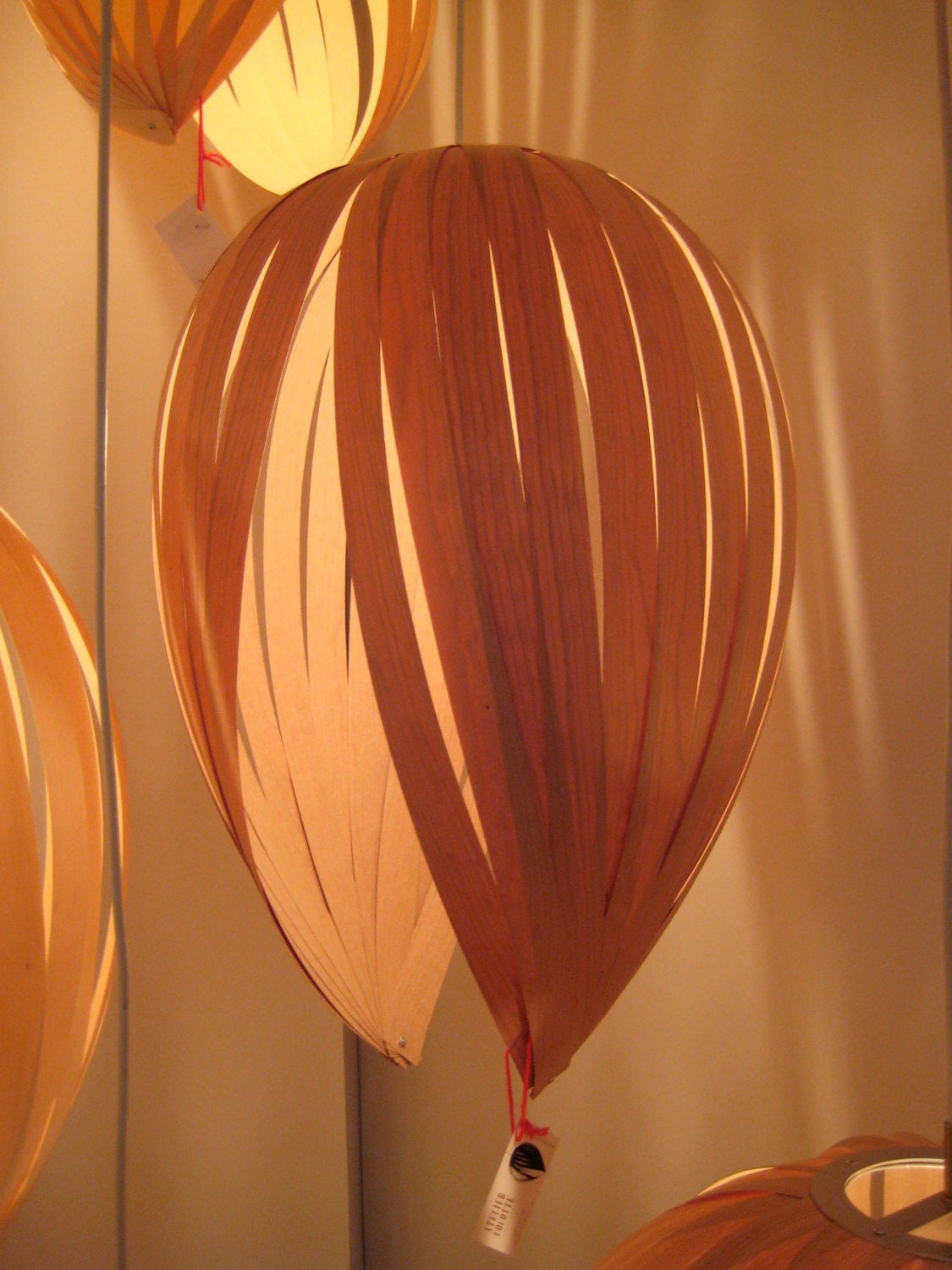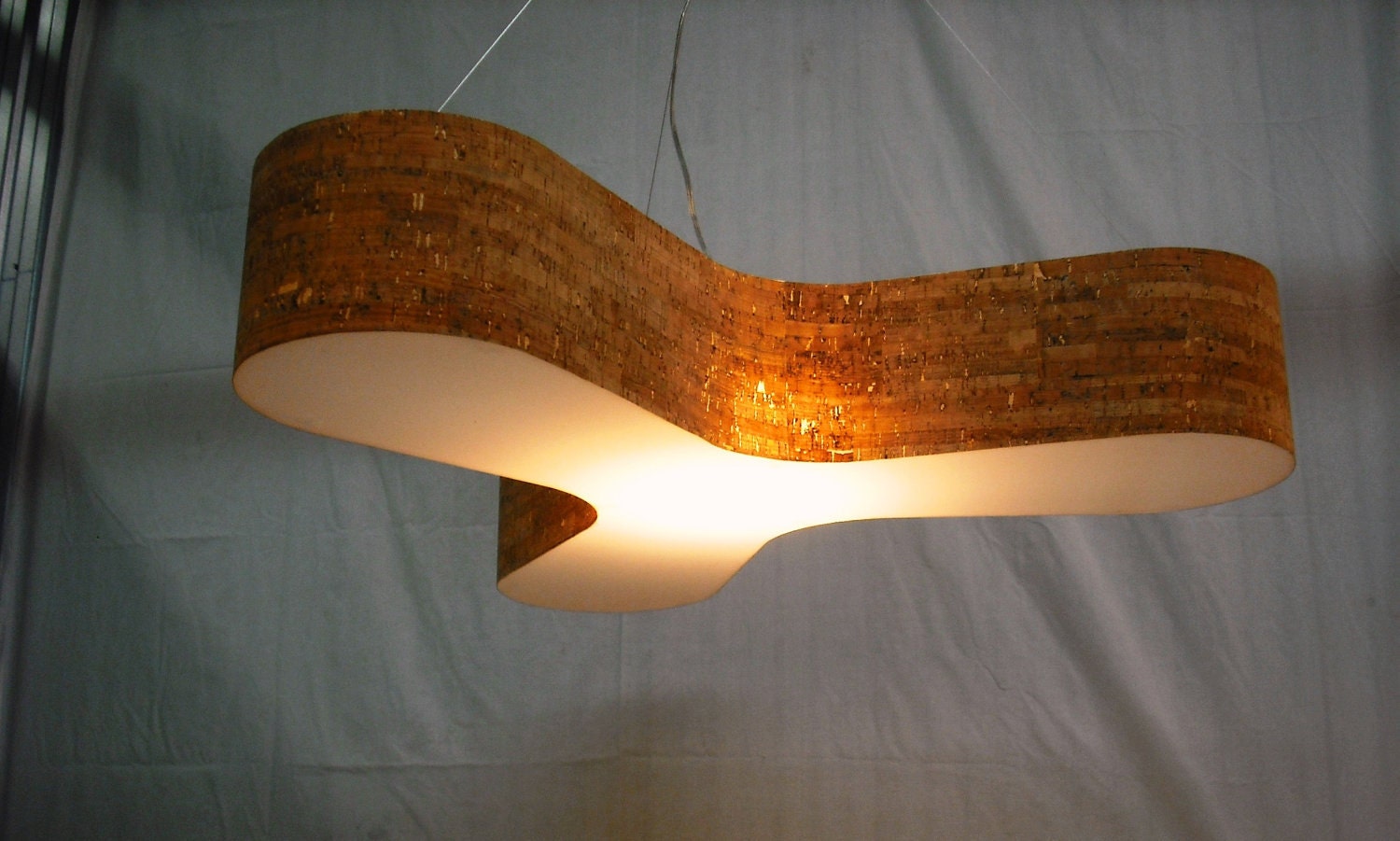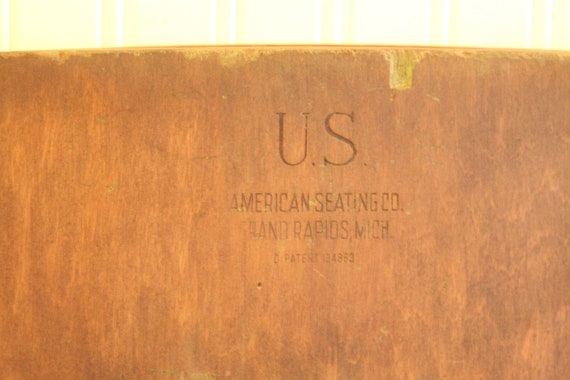Slow Movement list.
On Slow Design, Slow Making, and Slow Home:
- The originators of the slow design movement, slowLab, have just launched a Kickstarter to fund creating a wonderful open-source resource that promises to deepen the design conversation and further the slow movement as a whole. The pledge rewards are amazing, especially if you'd like to hold a slow design event in your city (that's a bit of foreshadowing for those of you in Edmonton. Ahem.). Go watch their video, and support their project.
 |
| The brilliant folks at Sugru have created a Fixer's Manifesto. LOVE. |
- Speaking of manifestos (manifestoes? manifesti?), Brett at The Lab has created a spiffy one for anyone who is into slow making, slow craft, slow cloth, or just making things from scratch.
- Brooke from Slow Your Home has been on fire with collaborations and guest posts, and I am so happy for her. Check out her interview on The Midway Simplicity Show, her slow workspace post for Epheriell Design, and her fantastic pre-holidays decluttering guide.
- I've written before about slowing the suburbs - this post from GOOD on urban farming is an important addition to that discussion. The ability to grow food on the land surrounding suburban houses is a huge asset that we can use to our collective advantage as a society - and we should be figuring out how our city planners and governments can be helping to support that.
- A twitter friend (thanks Marcelo!) also pointed me to this great TEDx talk from a spacing.ca editor, about suburban versus urban and 'cupcake urbanism' (wonderful coinage!). There are strip malls in Millwoods (an older suburb of Edmonton) that look like his example from Scar-beria, too, with a crazy mix of diverse services being offered by tiny mom-and-pop shops, close to public transit and on-street bike infrastructure and patronized by the people who live in the neighborhood. Drive through the 'burbs on the north side of town and you see the same kind of diversity. If we're going to encourage families to live downtown or in inner-ring suburbs where that diversity of services has been lost, the gutting of inner-ring commercial strips and movement of services to cheaper land on the outskirts of cities needs to be reversed somehow.
- The guys from Slow Home in Calgary have created a real estate service based on their slow home criteria. Brilliant!
- I commented when we were house-hunting that, according to our realtors, environmentally-friendly features are seen in the industry as an 'extra', instead of adding value to a home. Green Building Advisor point out that means most banks won't lend you the money for them as part of your mortgage. So, if you're looking to build or buy green real estate, how do you get green features appropriately appraised? This is a really important issue if we're ever going to retrofit existing houses to reduce their huge carbon footprint.
| Elaine Lipson from Red Thread Studio posted her presentation on Slow Cloth from the 2012 Textile Society of America Symposium on her blog. It's brilliant and inspiring. Truly. |
- Hooray for Ecouterre. This past month, they've written about a clever menswear line made from leftovers (or "cabbage", I love it), toxins found in fast fashion (gross!), innovations from a venerable denim dealer, and a pedal-powered machine for recovering yarn from discarded sweaters.
- Grist interviewed the Gettles (of Baker Creek Heirloom Seed Company) about slow living and vintage clothes.
- I wrote awhile ago about how Edo-period Japan was full of wonderful examples of slow tech - here's an article on the kimono as an example of slow fashion in action.
- Alissa at SlowMama patched her jeans, and the results are so darling they inspired me to break out the fusible interfacing. (Caution: eventually you'll need to redo patches like these if you don't also top-stitch. Especially if you forget and wash them in warm water like I did. D'oh!)
- Holy guacamole: a third of worldwide greenhouse gas emissions come from food production when fertilizer production, packaging, and transport are included. The CGIAR reports that figure comes from is a pretty important one for you to read, foodies and farmers and thinkers about food security.
- Locally, there was much ado about Edmonton's food and urban agriculture strategy, which in the end was adopted as written with very little tinkering (If you follow me on Twitter, I was one of many who live-tweeted the meetings.). I have mixed feelings about the results. I liked the draft report as a starting point for creating local food policies, although it needs more meat on its bones. I'm thrilled that city council mandated the creation of a food council and funded office space and an employee for them. The job description laid out for them in the food & ag report is promising, although I'm worried that the position may come with very little ability to change the status quo; local food advocates will need to give whoever is hired in that position a lot of support. I'm disappointed that the discussions about preserving farmland were essentially deferred to the Area Structure Plan process. I'm disappointed that ideas that are pivotal for advocates of urban farming, like bylaw changes to allow backyard hens, were a joke to certain members of council - food advocates will also have some public education to do to overcome such attitudes.
- At the same time those hearings were going on, there was a Food Secure Canada conference happening in Edmonton - check out Joveena Holmes' Storify to get a sense of the issues around food sovereignty and social justice that they discussed.
- Hmm. Is our organic food certification system really as troubled as this implies?
- Reason had a great post illustrating how government regulations meant for industrial-scale food processing are endangering traditional food-making techniques.
- A pretentious old fart in the NYT on food replacing fine art as High Culture. (Oh no! The barbarians are at the gates!)
- Required reading: the fantastic accounts of the highlights and issues discussed at Slow Food International's Terra Madre & Salone Del Gusto event from Lia Rinaldo (who was part of the Canadian delegation), Earth911, and three posts at Zester Daily. Oh, and an article summarizing Slow Food's legacy that appeared on the Beeb's website just before the conference.
- So. What are you doing on Terra Madre Day?
- Oh, yeah, and the Americans had an election and a GMO-labelling proposition got defeated. As an ex-scientist, I have a nuanced view of the GMO issue, so I haven't talked about it much - but here's a great article to remind anyone who needs it that labelling laws are not the raison-etre of the food movement. (Also, why do they put such things on ballots in the States? Why bother having politicians if you'll decide the outcome of complicated policy debates by public ballot? American politics makes my head hurt.)
- This year I would LOVE to get to the third Slow Living Summit (5-7 June 2013) in Vermont - the line-up of speakers last year was fabulous (you can still watch the archived videos). Here's their call for proposals for anyone wanting to speak.
- Have you seen lovely new print magazine The Simple Things? It's gorgeous, and it's all about the slow life. I found it on local newsstands here in the wilds of Canada so you should be able to find it too. Turns out they have a blog (at the link) that's almost as beautiful.
- Carl Honoré on being an activist for the slow movement.
- By-the-by, Slow Art Day 2013 will be on April 27th. Mark your calendars.
- The NYT described an island where slow, traditional living seems to extend the lives of the inhabitants.
- Do urban farms gentrify poor neighborhoods, changing who can afford to live there over time?
On Slow Travel:
- Traveling Greener profiled a few walks in Italy (hikes, for us North Americans) and a cleverly edited video that makes me want my seamless socks and hiking boots on my feet. Right now.
- A thought-provoking post from Slow Food: could slow tourism be a path out of Europe's economic crisis?
- Slow It Down interviewed an intrepid family who have been slow travelling with young children.
- Here's a wonderful slow travel manifesto.
On Sustainability and Environment:
- Environment Canada scientists have found that pollutants from oil sands extraction are found at worrying levels in snow, and in lakes up to 100km from the upgraders and mines - which they discussed in hastily-arranged interviews after it was exposed that their political bosses had provided them with scripted answers to questions and told them to refer any questions not in the script to an official spokesperson. (Given the striking similarity between the Government of Canada Economic Action Plan "Responsible Resource Development" ad and Cenovus Energy's "Canada Is Spelled With A Can Not A Can't" ad, you'll forgive Canadians if they are skeptical that the spokesperson isn't having their answers ghost-written by the oil industry.)





































